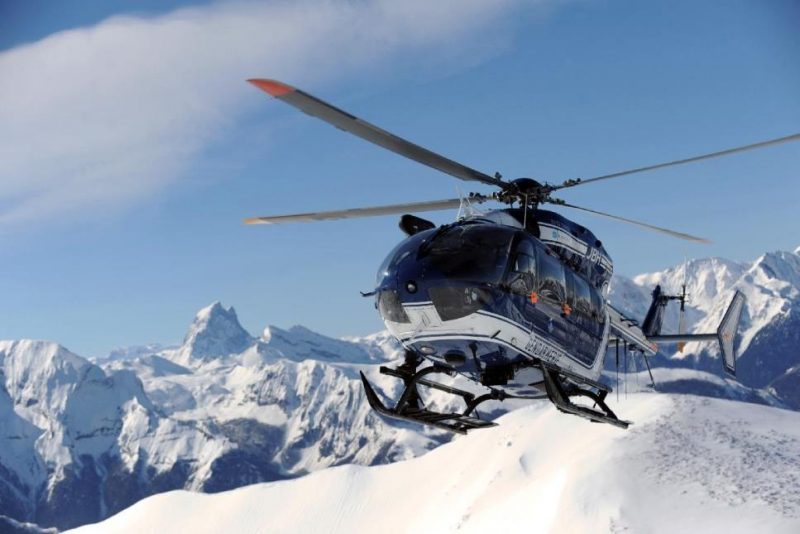Six experienced skiers from the Club Alpin Français were found dead on Sunday after being swept away in the Queyras Massif by one of the deadliest avalanches over the last few years in the French Alps
The four men and two women – all French nationals aged between 58 and 73 – had set off on a skiing trip on Saturday morning from the small ski resort of Ceillac (in the Hautes Alpes department).
They were the victims of a significant movement of snow that was set off during their trek around the middle of the day, according to the Prefect of the Hautes-Alpes Pierre Besnard. Their bodies were found in the Vallon de Bachas at an altitude of 2,500m altitude.
The bodies of the first three skiers were found during the night around 01:000, before the search was suspended “because of weather conditions on site that were hampering rescue work,” according to the prefect.
At dawn on Sunday, the search resumed and 18 search-and-rescue officers were pressed into action, supported by a helicopter and two teams of highly-trained sniffer dogs.
At about 09:10, “the bodies of the other three skiers were also found at the site of the avalanche,” confirmed Captain Sarah Chelpi of the Briançon mountain gendarmerie to AFP.
“It wasn’t a small avalanche – It was a wall of wind that precipitated a very very long and very wide avalanche of snow,” said the prefect during a press briefing towards the end of the morning. It was about 900m long and 300m wide, according to rescue workers.
In most resorts, there is a sophisticated early warning system that limits the possibility of a serious loss of life in the mountains.
Paradoxically, it is often the more experienced mountaineers and skiers who go off the beaten track that are more prone to getting into difficulties.
The six people who lost their lives at the weekend, for example, were mostly from the immediate locale and who, according to the prefect, “knew the mountain very well.” They were expected back on Saturday at midday. The alarm was raised on Saturday at 17:00 by their relatives, who were anxious that they hadn’t returned.
“When they set off, the sky was clear and the avalanche risk factor was between 3 and 5,” said the prefecture of the Hautes-Alpes.
“One of the families said to us that one of the group went on a reconnaissance outing the night before – where to exactly, we don’t know yet… from one spot to another, the avalanche risk factor can vary significantly. The area that they went to was a well-known avalanche ‘corridor'”, said the Public Prosecutor of Gap, Mr Raphaël Balland.
The trip was purely a social one between a group of long-standing friends and was not an official Alpine Club outing.
In a communiqué, French Interior Minister Bernard Cazeneuve paid homage to the “professionalism and courage of the gendarmes that were mobilised since Saturday afternoon and who intervened in extremely difficult conditions.”
The minister also expressed “his condolences to the friends and family of the victims,” assuring them of “his support at these painful time.”
Since the start of the 2014-15 winter season, a total of 17 people have died in avalanches in France, according to figures published by the AFP and based on data from the Association Nationale Pour l’Etude de la Neige et des Avalanches (ANENA).
“This is the most deadly avalanche since 2011, when 5 members of the Club Alpin were killed near Bourg-Saint-Pierre in the Valais canton in Switzerland,” recalled ANENA head Dominique Létang.
Each year, about 30 people are killed in avalanches in France, according to the national snow monitoring organisation.
In Ceillac, there were three deaths in 2011 and three more in 2013 from avalanches.
Where Exactly?




 Tootlafrance is Ireland’s fresh new eyes on France, bringing you the latest news, exclusive celebrity interviews, political analysis, cultural events, property news and, of course, travel features written by top Irish journalists.
Tootlafrance is Ireland’s fresh new eyes on France, bringing you the latest news, exclusive celebrity interviews, political analysis, cultural events, property news and, of course, travel features written by top Irish journalists.